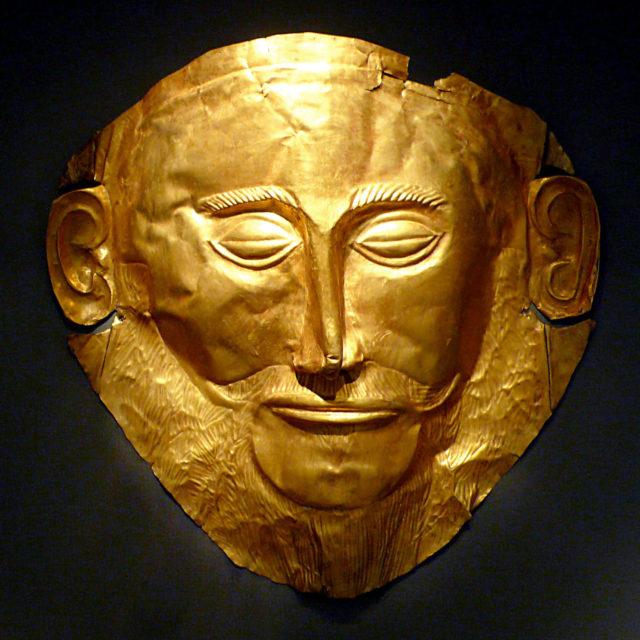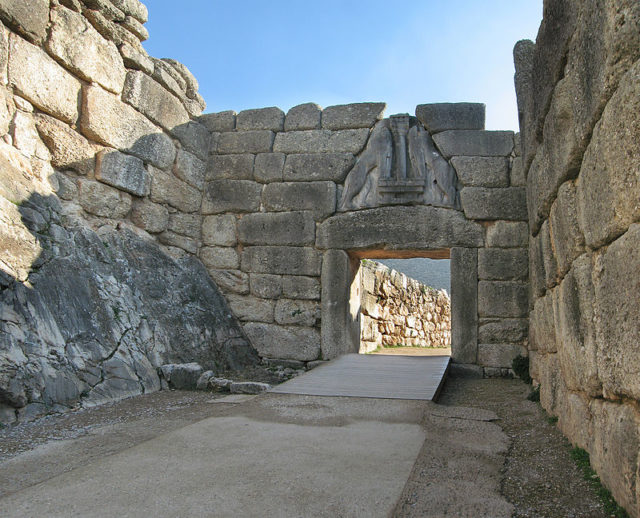The myth of Trojan war has inspired historians over millenniums, primarily because it was a great and influential part of ancient Greek culture, and partly because it was a good war story with heroes, villains, and of course a heroine. In an amazing recent discovery, Greek archaeologists have claimed to have unearthed the fragments from the throne of perhaps the most heroic ancient Greek; at least according to Homer.
Christofilis Maggadis headed the archaeological project for the last two years and has finally come forward with a discovery significant enough to create stir not just in the archaeological sectors but also in the political avenues. Maggaddis is still working on the project, hoping to unearth as much of the evidence as possible in support of his claims. Speaking to reporters at a press conference Magaddis said that they had discovered the pieces of the throne of Mycenaean rulers; the throne possibly used by Agamemnon, the ruler who helped win Trojan war.

Speaking about the ruins, Maggadis further added that the throne fragments unearthed were possibly buried under the magnificent palace built on the hilltop sometime in 1200BC, and that the palace collapsed in a massive earthquake.
The rule of the Mycenaeans spans over 14th century BC all the way to 12 century BC; Mycenaean rulers are considered as the most prominent and influential Greeks who ruled in the Bronze age. However, the life of the Mycenaeans was nothing less than a real-life Game of Thrones; the royals were often involved in bloody strife for power, incest, and dynastic treacheries. According to Homer – the first mythological writer/historian who mentioned the Trojan war and its participants in great detail – Agamemnon was the most distinguished Mycenaean who ever lived; he possessed the unique heroic traits essential for a ruler to go down in the history as a warrior king. According to the mythological accounts, Agamemnon was part of the Army that besieged and later sacked the legendary city of Troy.

After the discovery of the throne of Agamemnon, the archaeological world was rocked and people needed more information on the matter. However, the Greek Culture Ministry disagrees with the findings, claiming that the fragments discovered could never have been the part of the throne. When the culture ministry dispatched their expert to analyze the ruins and unearthed fragments, they came to a conclusion completely at odds with Maggadis’s findings. The experts from the ministry claimed that the pieces clearly belonged to a wash basin; due to their curved nature and could not have been part of a throne in any shape. Maggadis rejected the analysis by the ministry’s experts, saying that the fragments came from a curved part of the throne and could not have come from a wash basin purely because the composition of the fragments suggests that it’s made up of porous stone.
